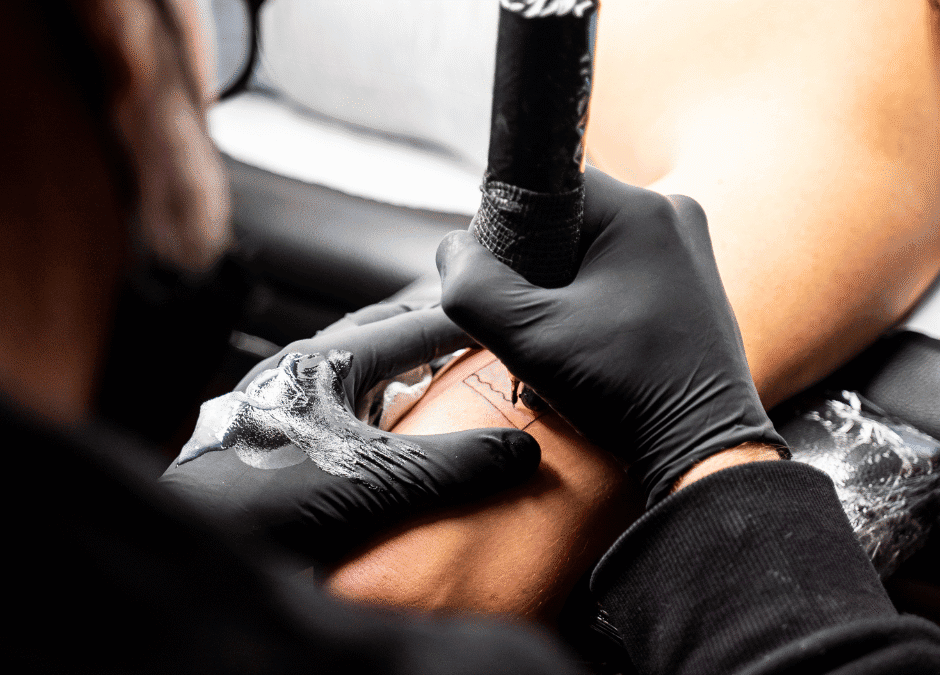Why Tattoo Placement Matters
The location of your tattoo affects more than just how it looks. Placement influences:
- Pain Level: Different parts of the body have varying sensitivities.
- Visibility: Consider whether you want your tattoo to be easily seen or hidden.
- Healing Time: Areas with frequent movement or friction may take longer to heal.
- Aging and Fading: Exposure to the sun and stretching skin can impact longevity.
- Professional Settings: Some careers may require concealed tattoos.
Pain Level by Body Area
Pain tolerance is subjective, but generally:
- Low Pain Areas: Outer arm, thigh, calf, shoulder
- Moderate Pain Areas: Forearm, chest, back, upper arm
- High Pain Areas: Ribs, feet, hands, spine, neck, inner bicep, knees, elbows
If it’s your first tattoo, you may want to start with a low to moderate pain zone.
Visibility and Lifestyle Considerations

Think about how often you want your tattoo to be visible. Highly visible areas include:
- Hands
- Neck
- Face
- Forearms
- Lower legs
Consider your daily life, dress code at work, and how the tattoo may be perceived in social or professional contexts.
Design Fit and Flow
The body’s curves, muscle lines, and joints affect how a design looks. Tips for optimal fit:
- Large Pieces: Look great on the back, thigh, chest, and upper arm.
- Wrap-Around Designs: Best for forearms, calves, and ribs.
- Symmetry: Consider placement balance, especially for multiple tattoos.
Consult with your artist to adapt your chosen design to your body’s anatomy.
Healing and Aftercare by Area
Different placements heal differently:
- Back and thighs: Less exposed, easier to keep clean.
- Hands and feet: High exposure, more likely to swell and fade.
- Joints and moving parts: More movement can mean longer healing time.
Good hygiene, avoiding friction, and following your artist’s aftercare tips will help prevent complications.
Future Tattoo Planning
.jpg)
If you plan to get more tattoos later:
- Avoid isolated placements that may interrupt future designs.
- Leave space around key areas (like the chest or back) for cohesive artwork.
- Plan body symmetry and flow from the start.
Common Tattoo Placement Choices and Their Meanings
- Forearm: Confidence, strength, openness.
- Back: Canvas for large, meaningful pieces.
- Wrist or ankle: Subtle, personal symbols.
- Chest: Emotionally significant designs, close to the heart.
- Neck or hands: Bold and expressive—often signify commitment to tattoo culture.
Conclusion
Tattoo placement is a key decision that affects your design’s impact, pain level, and long-term satisfaction. By thinking about lifestyle, healing, and future plans, you can ensure your tattoo fits both your body and your life. Take the time to consult your artist and make a choice you’ll be proud to wear forever.




